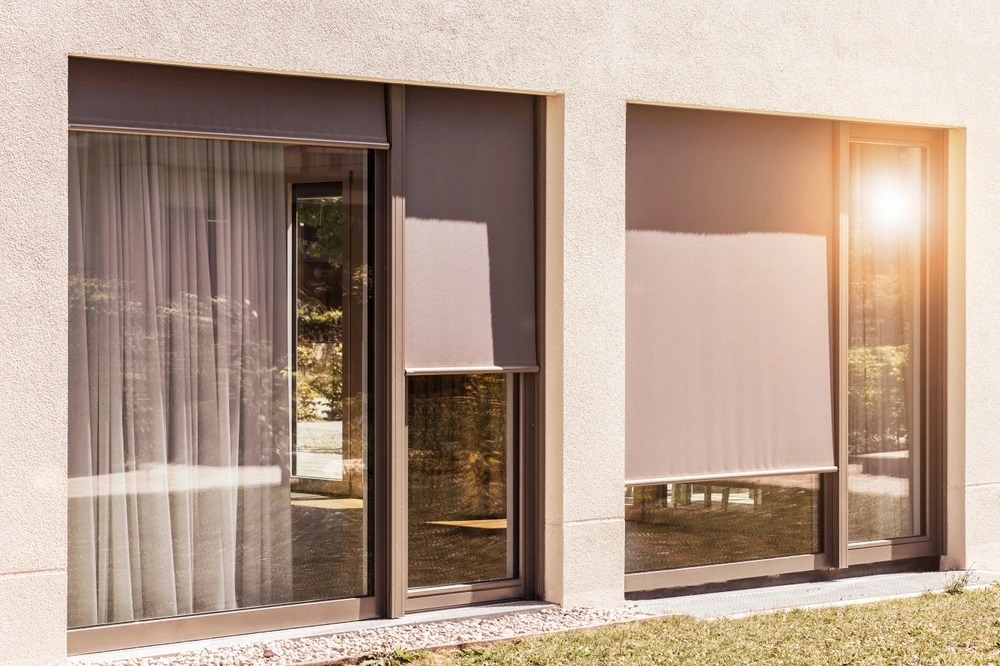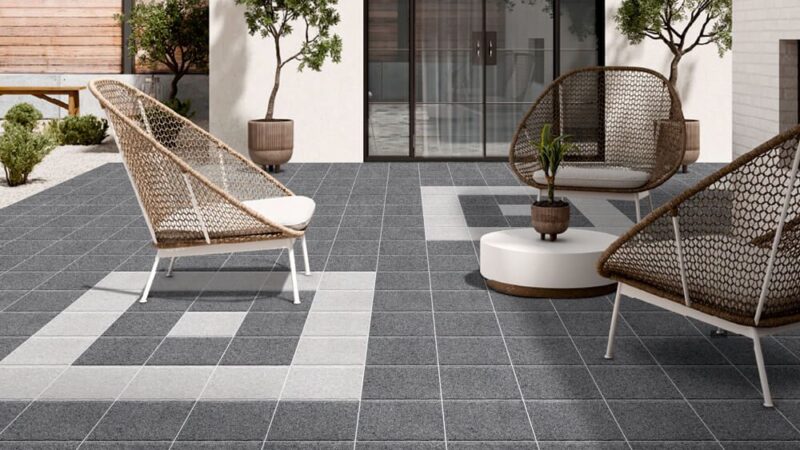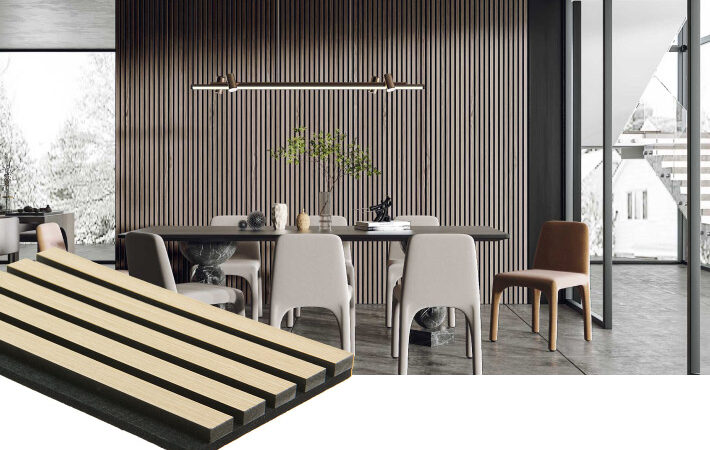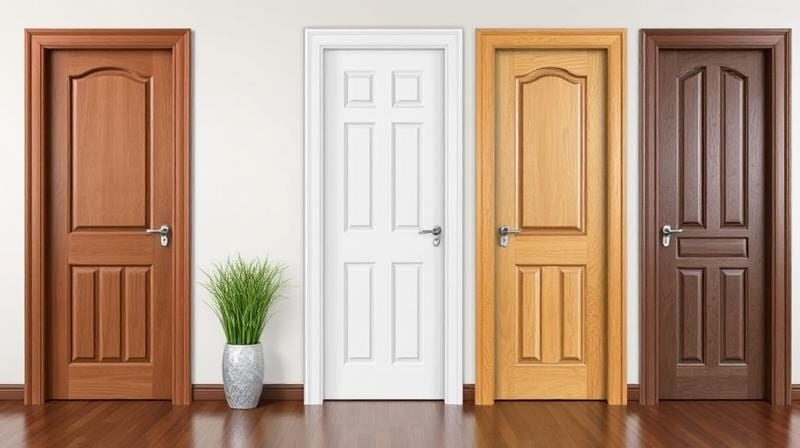Enhancing Privacy, Light Control, and Style: An In-Depth Look at Blinds

Blinds are an essential element of interior design that serve both practical and aesthetic purposes in homes, offices, and commercial spaces. These versatile window treatments offer homeowners and decorators an array of options to control natural light, window replacement ensure privacy, and add style to any room. In this comprehensive guide, we’ll delve into the world of blinds, exploring their various types, materials, benefits, and installation considerations.
Types of Blinds:
- Venetian Blinds: Venetian blinds are perhaps the most popular and widely recognized type. They consist of horizontal slats that can be tilted to control light and privacy. Venetian blinds are available in various materials, including wood, faux wood, aluminum, and vinyl, offering versatility in style and function.
- Vertical Blinds: Vertical blinds feature vertical slats that can be adjusted to control light and privacy. They are often used for large windows, sliding glass doors, and patio doors, providing effective light control and easy operation. Vertical blinds come in various materials, including fabric, vinyl, and aluminum.
- Roller Blinds: Roller blinds, also known as roller shades, consist of a single piece of fabric that can be rolled up or down to cover the window. They offer simplicity and versatility, with options for light-filtering or blackout fabrics to suit different needs. Roller blinds are popular for their clean, modern look and ease of operation.
- Roman Blinds: Roman blinds feature fabric panels that fold neatly as they are raised, creating a tailored, elegant look. They offer a softer alternative to traditional blinds and are available in various fabrics, colors, and patterns to complement any décor style.
- Pleated Blinds: Pleated blinds are made of fabric with crisp, pleated folds that stack neatly when the blind is raised. They are lightweight, compact, and versatile, making them ideal for small windows or conservatories. Pleated blinds come in various colors and textures to suit different design preferences.
- Panel Blinds: Panel blinds consist of large fabric panels that slide horizontally along a track, allowing for easy operation and flexible light control. They are commonly used for covering large windows, sliding doors, or dividing open spaces in modern interiors.
Materials:
Blinds are available in a variety of materials, each offering its own unique benefits and aesthetic appeal:
- Wood: Wooden blinds add warmth and natural beauty to any room. They are available in various finishes, from light oak to dark mahogany, and can complement traditional and contemporary décor styles.
- Faux Wood: Faux wood blinds offer the look of real wood at a more affordable price. They are durable, moisture-resistant, easy to clean, ideal for kitchens, bathrooms, and other high-moisture areas.
- Aluminum: Aluminum blinds are lightweight, durable, and budget-friendly. They come in various colors and finishes, including metallic, matte, and textured, offering a sleek and modern look.
- Fabric: Fabric blinds, such as roller and Roman blinds, add softness and texture to windows. They are available in various colors, patterns, and textures to suit any design scheme, from subtle neutrals to bold prints.
- Vinyl: Vinyl blinds are affordable, easy to clean, and resistant to moisture and humidity, making them a practical choice for kitchens, bathrooms, and other high-traffic areas.
Benefits of Blinds:
- Light Control: Blinds offer precise control over natural light, allowing you to adjust the angle of the slats or raise/lower the blind to create the desired ambiance in any room.
- Privacy: Blinds provide privacy by blocking the view from outside while still allowing diffused light to enter the room. Depending on the type of blind and material chosen, you can achieve varying degrees of privacy.
- Energy Efficiency: Properly fitted blinds can help improve energy efficiency by reducing heat gain in the summer and heat loss in the winter. This can result in lower energy bills and a more comfortable indoor environment year-round.
- Versatility: With a wide range of types, materials, and styles available, blinds offer versatility to suit any design aesthetic or functional requirement. Whether you prefer a sleek, modern look or a more traditional feel, there’s a blind to match your needs.
- Easy Maintenance: Most blinds are easy to clean and maintain, requiring only occasional dusting or wiping with a damp cloth to keep them looking fresh and new.
Installation Considerations:
Installing blinds is a relatively straightforward process, but there are a few considerations to keep in mind:
- Measurement: Accurate window opening measurement is essential to ensure a proper fit for the blinds. Measure the width and height of the window recess or frame, considering any obstructions such as handles or locks.
- Mounting Options: Blinds can be mounted inside the window frame (recess mount) or outside the frame (surface mount). The mounting option you choose will depend on the type of blind, the depth of the window recess, and your personal preference.
- Tools and Hardware: Depending on the type of blind and mounting method, you may need specific tools and hardware for installation, such as screws, brackets, and a drill.
- Professional Installation: While DIY installation is possible for many types of blinds, complex or large installations may require professional assistance to ensure proper fit and operation.
Conclusion:
Blinds are an indispensable interior design element that offers a winning combination of practicality, style, and versatility. Whether you want to control light and privacy, enhance energy efficiency, or simply add a touch of elegance to your home or office, there’s a blind to suit your needs. With a wide range of types, materials, and styles, you can easily find the perfect blinds to complement your décor and elevate your space to new heights of comfort and beauty.






